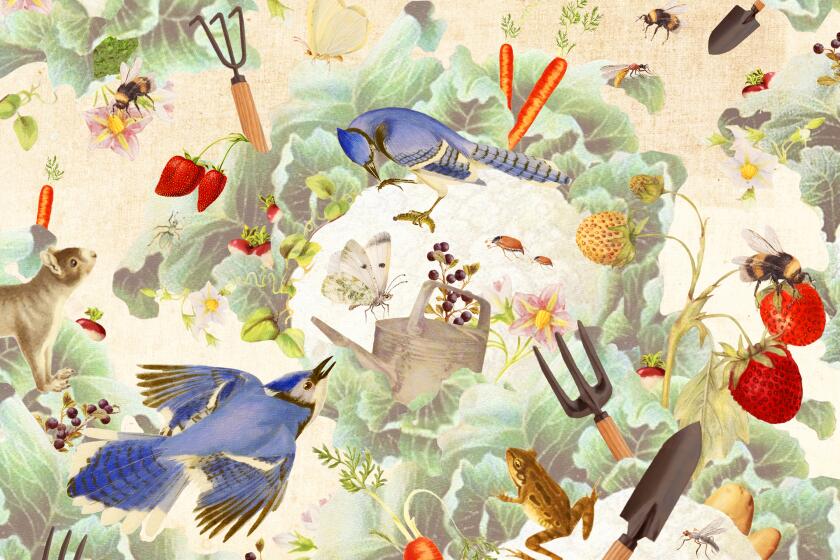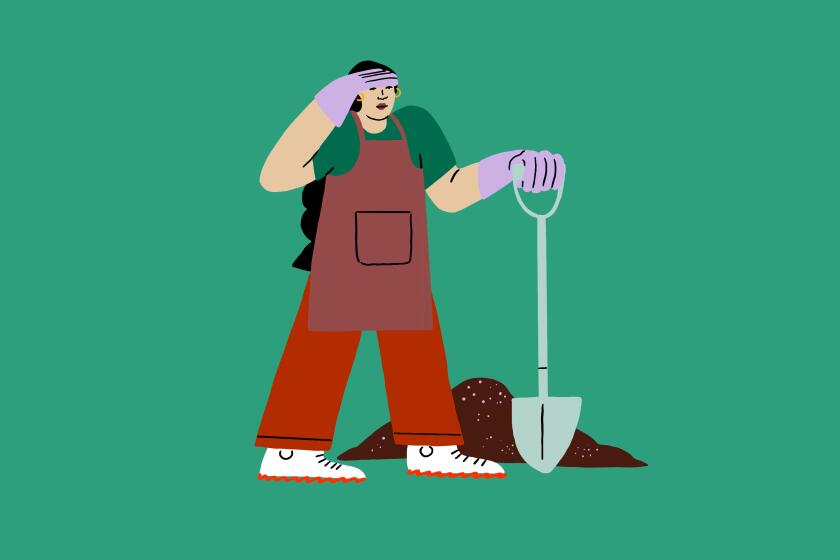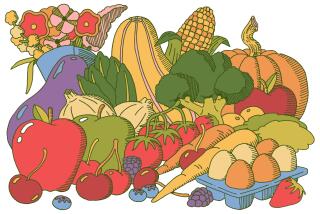The 12 fruits and vegetables you should plant right now
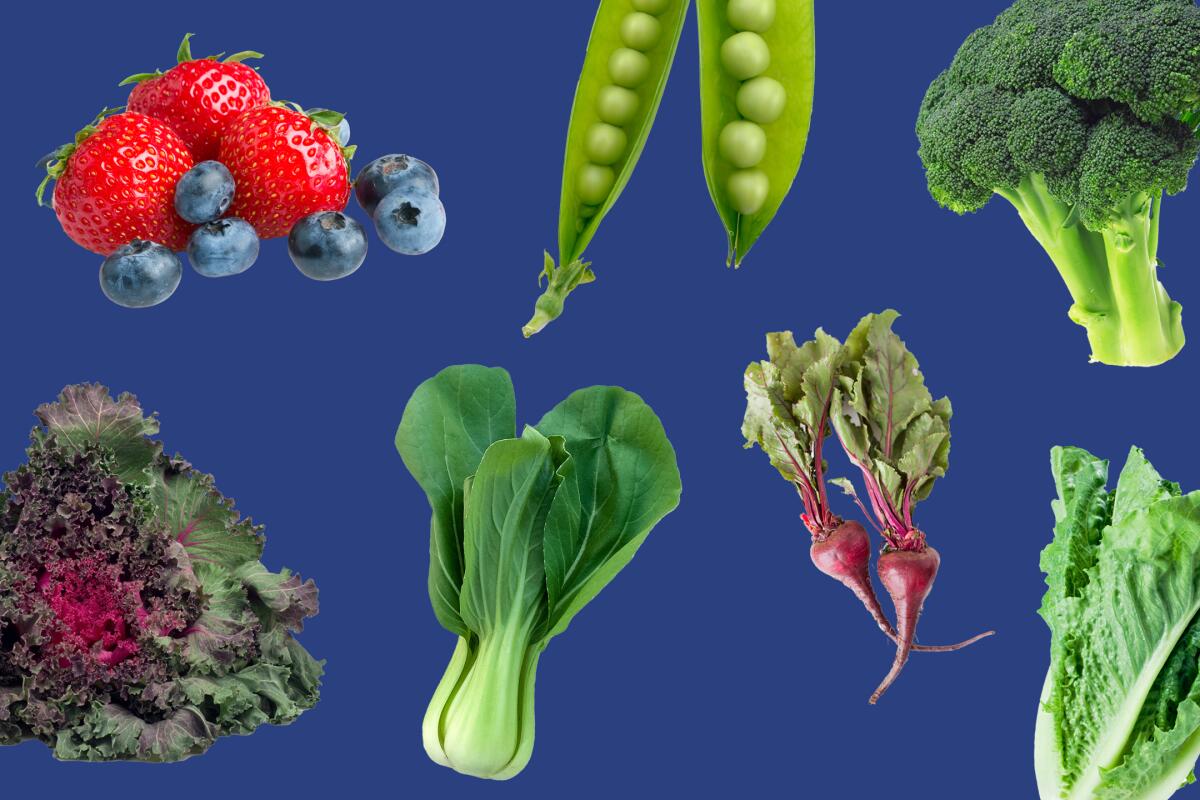
)
- Share via
Fall is prime planting time in Southern California to get berries established for spring harvest and fill your larder with tasty greens, brassicas, peas and root crops all winter long. Here are 12 things to plant right now:
Beets & other root vegetables
Carrots can take weeks to germinate, but other root vegetables like beets, parsnips, radishes and turnips grow easily from seed. Pro tip: Their tangy green tops can be harvested (sparingly) as the roots mature to perk up soups, stews and salads.

Berries
Plant strawberries, raspberries and other vining berries in loose, well-composted soil for a spring harvest that will increase every year. Pro tip: IBlueberries require acidic potting soil in big containers at least 24 inches deep. Water every other month with 4 tablespoons of white vinegar mixed into 2 gallons of water to maintain the acidity blueberries crave.
Bok choy
Bok choy is faster and easier to grow than cabbage because it doesn’t have to form a head, and it’s sweeter. Pro tip: Trim the outer leaves when they’re 6-10 inches to keep the harvest going all winter.
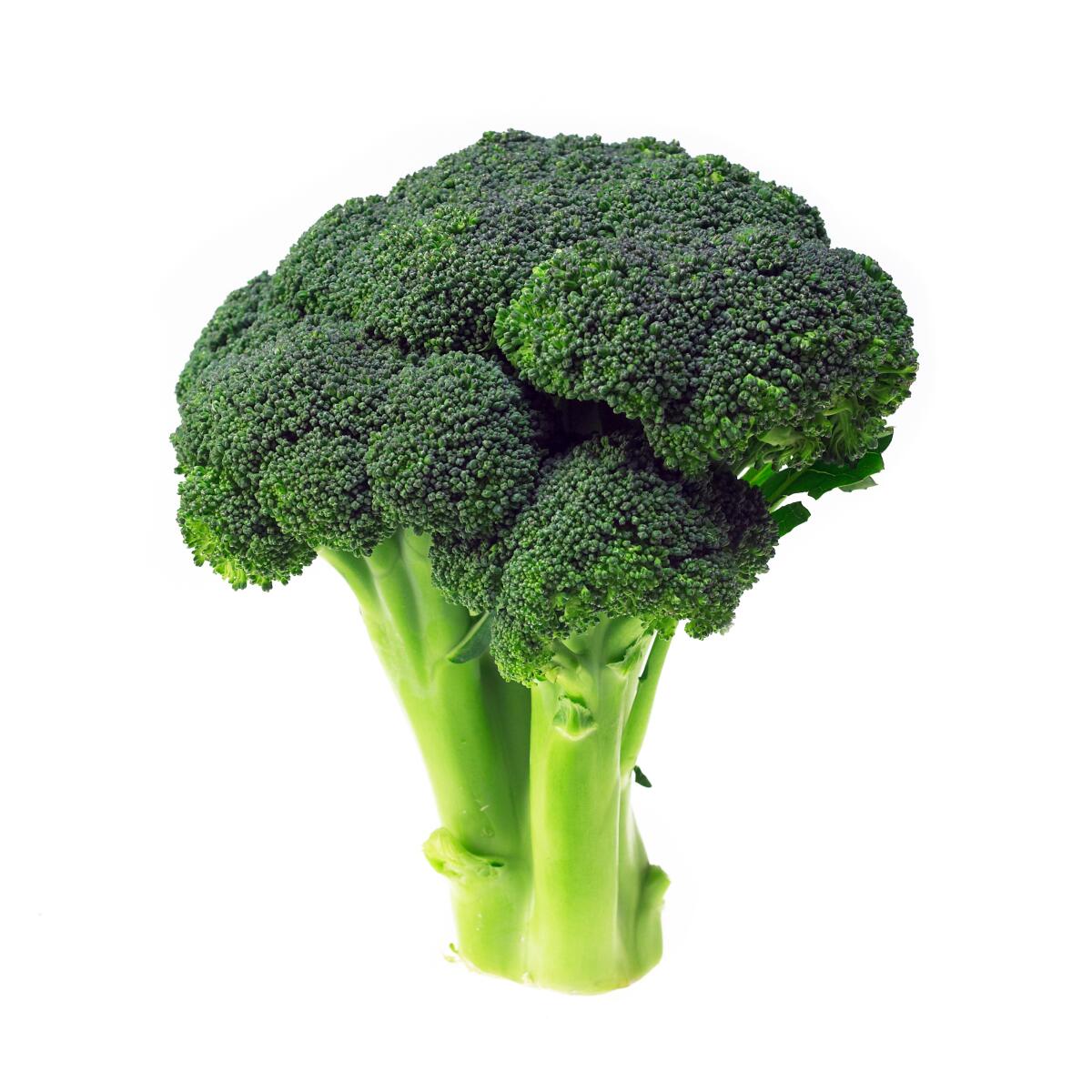
Broccoli & the brassicas
Kale, arugula, broccoli and tender broccolini are easiest to grow (from seedlings) and give you long harvests through winter.
Celery
Garden-grown celery is bushy, full of flavor and easy to harvest by trimming the outer stalks and leaves as needed. Pro tip: A six-pack of seedlings planted in well-composted soil should keep juicers, snackers and cooks in celery all winter.
Flowers
Calendulas, nasturtiums, violas and young chrysanthemum leaves are tasty eye candy in salads. Flowering cabbage adds gorgeous color to the fall garden. Pro tip: Sweet peas are not edible but are so fragrant you won’t care: Plant their seeds now for abundant spring bouquets.
Garlic, onions & leeks
Onions, leeks and garlic are an investment in your future cooking needs (seven to nine months from planting) but scallions, a.k.a. green onions, are ready in 70 days, and once the green tops are 6-8 inches tall, you can trim them and watch them regrow.
Herbs
Parsley, chives and tarragon thrive in cooler weather and are best planted from seedlings. Pro tip: Sow cilantro seeds directly in the ground (they don’t like being transplanted) as well as fennel and dill, which grow easily from seed.
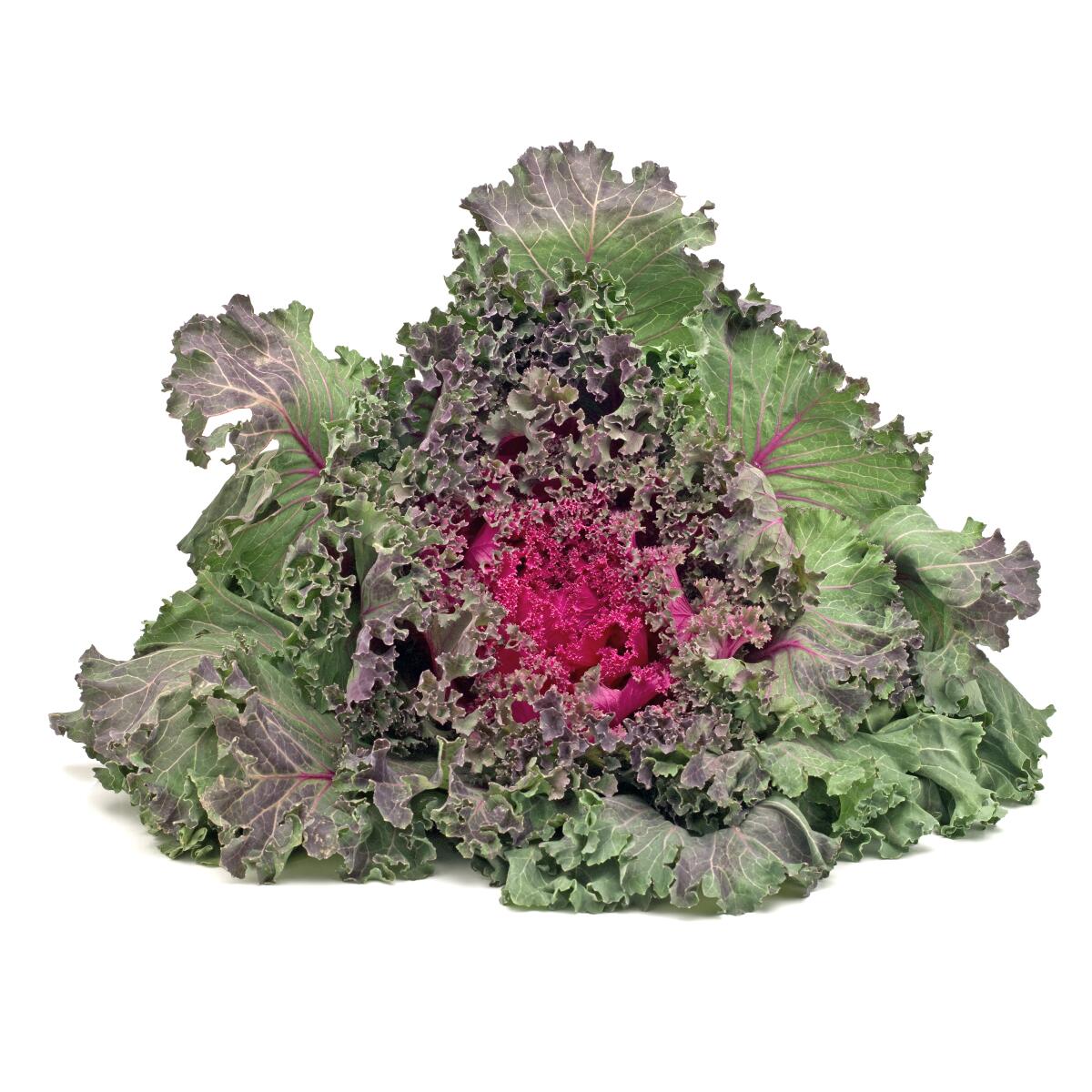
Kale & other leafy greens
Tasty, tangy and nutritious, spinach, kale, arugula, mustard, collards and other leafy greens thrive in mild weather, grow easily from seed and produce abundantly. Pro tip: Hose off aphids as soon as they appear and plant over several weeks to prolong harvests.
Lettuce
Romaine, butterhead, red leaf, radicchio, frisée — these tender leaves are the foundation of good salads and make a meal by themselves with a good oil and vinegar. Pro tip: Chose several varieties and plant from seeds or as transplants to stagger harvests.
Peas
Peas are easy to grow and, whether they’re sugar snap with edible pods or need shelling, are delicious fresh out of the garden. Pro tip: Plant from seed over several weeks for successive harvests and provide support so they can climb.
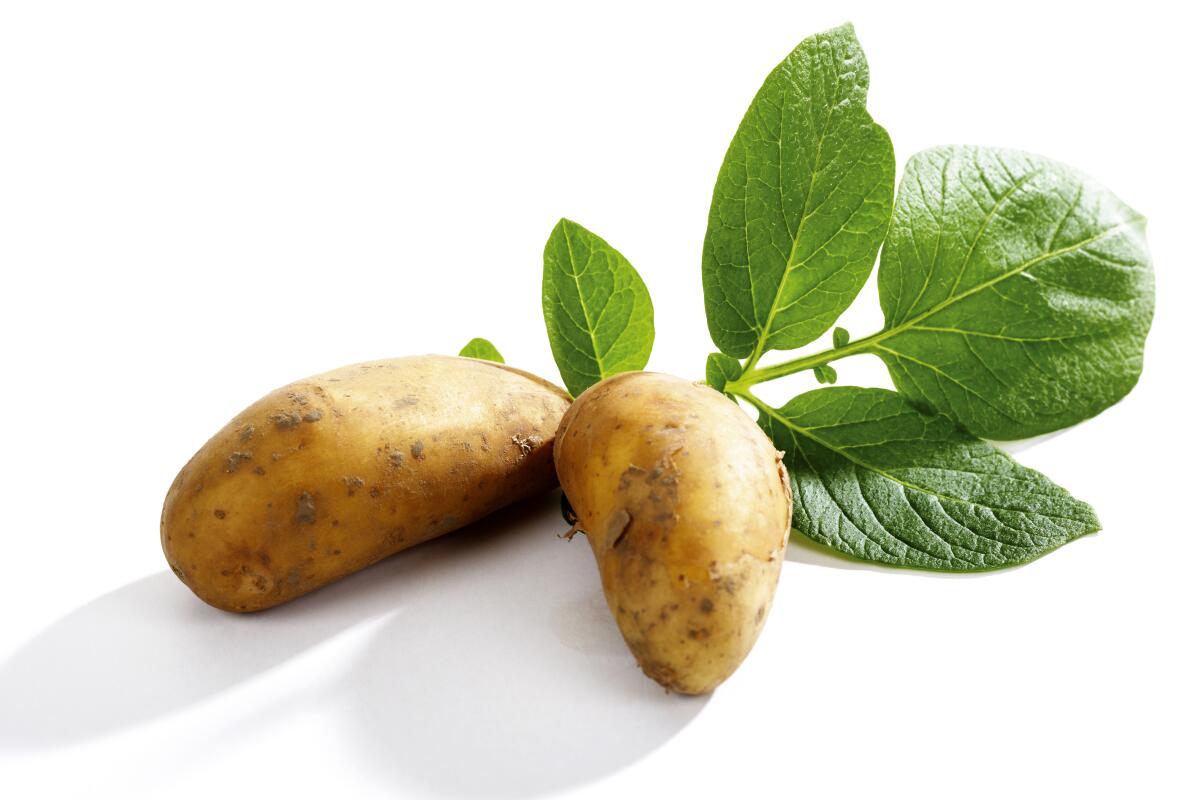
Potatoes
Plant seed potatoes in a large fabric container like a GeoPot or Smart Pot. Roll down the sides to about 5 inches, enough to cover the potatoes with 3 inches of potting soil. You’ll add soil as leaves form, covering all but a few, and roll up the sides as the potatoes multiply inside. An alternative: plant chunks of organic, store-bought potatoes with two or three eyes on each.
More to Read
Sign up for The Wild
We’ll help you find the best places to hike, bike and run, as well as the perfect silent spots for meditation and yoga.
You may occasionally receive promotional content from the Los Angeles Times.
